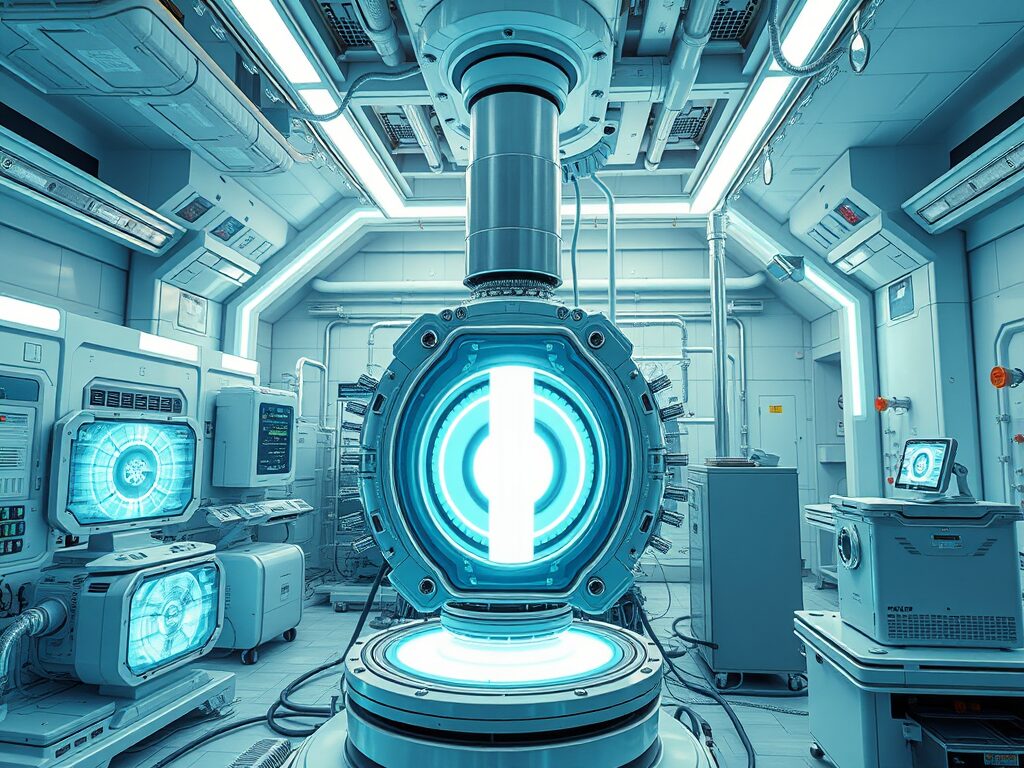
Exploring the Possibility of Cold Fusion: A Comprehensive Overview
Cold fusion, a concept that has captivated scientists and laypeople alike, represents a hypothesis for achieving nuclear reactions without the extreme temperatures or pressures typically associated with
conventional fusion processes. This article delves into the definition, theoretical underpinnings, current research, challenges, and implications of cold fusion.
What is Nuclear Fusion?
Nuclear fusion involves the combining of two lighter elements to form a heavier one, releasing energy in the process. This natural phenomenon occurs in stars like our Sun, where hydrogen atoms fuse to
create helium, providing light and heat essential for the star’s lifecycle. Similarly, nuclear weapons rely on fusion to generate large amounts of energy rapidly.
What is Cold Fusion?
Cold fusion refers to a supposed nuclear reaction that occurs at low temperatures, bypassing the high-energy conditions typically required in conventional fusion reactions. The term “LENR” (Low Energy
Nuclear Reaction) is often used to describe attempts to achieve such reactions without the usual high-energy requirements.
Theoretical Possibility
Theoretically, achieving nuclear reactions at lower energy levels could be feasible under specific conditions that allow alternative reaction pathways. However, given our current understanding of
fundamental physics, this approach remains challenging and speculative. Most LENR experiments reported in scientific literature do not produce enough usable energy to be considered viable sources of
power.
Current Research and Claims
Despite the lack of widespread success, numerous LENR experiments have been conducted over the years with varying results. Some initial successes were later found to be due to experimental errors or
temporary effects that did not hold up under scrutiny. The scientific community remains cautious, as progress in this area is often incremental and controversial.
Applications and Implications of Cold Fusion
If cold fusion were successfully demonstrated under controlled conditions, it could revolutionize energy production with potential benefits such as reduced nuclear waste and lower greenhouse gas
emissions. However, significant challenges exist regarding safety and scalability. Ensuring the development of this technology into a practical energy source would require stringent safety protocols and regulations to mitigate potential risks associated with high-energy reactions.
Challenges and Doubts
The history of cold fusion claims is marked by mixed results and skepticism within the scientific community. Progress has been uneven, with many attempts lacking consistency or scalability. The
difficulty in achieving controlled, reproducible cold fusion reactions raises significant doubts about its practicality despite theoretical potential.
Conclusion
Cold fusion remains an intriguing yet controversial topic in nuclear physics. While the concept holds promise for sustainable energy applications, it is not yet proven to be feasible on a large scale.
Current research emphasizes the need for caution due to safety concerns and the lack of scalability in existing LENR experiments. As scientific understanding advances, cold fusion may provide new
insights into nuclear reactions, though its practical implementation remains uncertain. Until controlled, large-scale demonstrations are achieved, cold fusion continues to be shrouded in mystery and
debate within the scientific community.

1 throught on "Exploring the Possibility of Cold Fusion: A Comprehensive Overview"